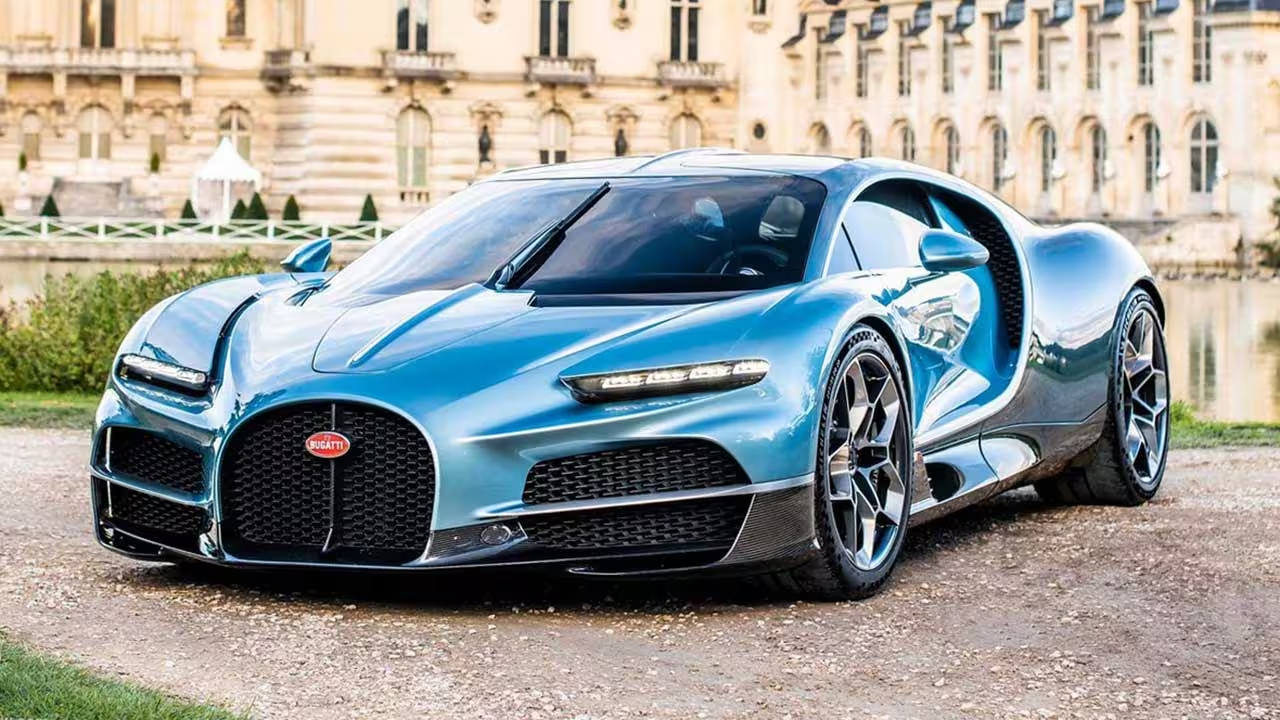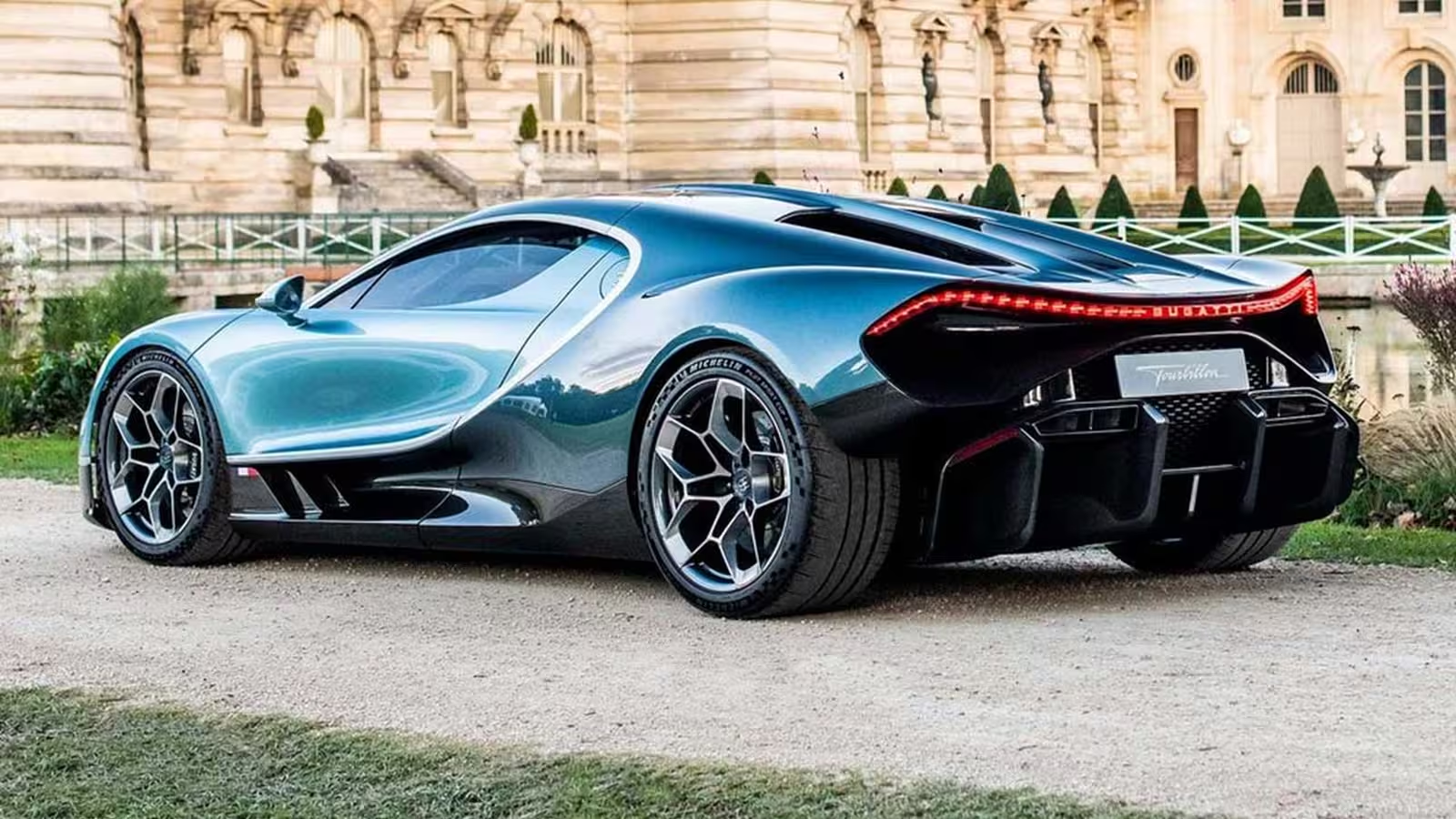4 Minutes
Revolutionizing the Hypercar: Bugatti Tourbillon's Bold Move to a Naturally Aspirated V16 Engine
The automotive world is buzzing as Bugatti introduces the Tourbillon, a hypercar that shatters conventions with its groundbreaking powertrain. Steering away from the turbocharged legacy of the Chiron and Veyron, Bugatti takes a bold leap with a naturally aspirated V16 engine, establishing a new standard for high-performance vehicles. In an exclusive interview with Top Gear, Mate Rimac, CEO of Bugatti-Rimac, shed light on the rationale behind this dramatic change and the future of hybrid supercars.
Engine Innovation: Why Turbochargers Aren't Necessary for Hybrid Supercars
Unlike its predecessors, the Bugatti Tourbillon replaces the four-turbocharged W16 engine with an all-new, naturally aspirated 8.3-liter V16, co-developed with renowned engineering firm Cosworth. Weighing just 252 kg—an impressive 42% lighter than the W16 unit—the engine boasts significant weight reduction thanks to the removal of four turbochargers. Mate Rimac explains, "I have driven them all, and honestly, I do not see the point of pairing a hybrid system with a turbo engine. The electric drive more than compensates for any power drop, while offering all the benefits of electrification."
Hybrid Powertrain & Electrification Advantages
Supporting the V16 is a 24.8 kWh battery pack, providing an electric-only range of up to 70 kilometers without activating the combustion engine. When the turbochargers were removed, the gasoline engine alone experienced a loss of around 600 horsepower. However, the integration of three electric motors delivers an additional 800 horsepower, not only offsetting the deficit but providing unprecedented performance. The V16 engine independently produces a staggering 1,000 hp, making the Tourbillon even more powerful and lighter than previous models.

Performance, Lightweight Engineering, and Advanced Design
Bugatti’s commitment to cutting-edge design extends beyond the engine. The Tourbillon is equipped with a state-of-the-art 3D-printed suspension system, slashing weight by an additional 45%. The result: a total vehicle weight under 1,995 kg with all fluids and fuel tank nearly full—remarkable numbers in the hypercar segment. This lightweight construction, combined with the naturally aspirated V16 and advanced electric power, offers a uniquely responsive driving experience and exceptional agility.
Market Positioning and Competitive Comparison
In a market where most hybrid supercars still rely on turbocharged engines, the Bugatti Tourbillon joins only a select few—such as the Lamborghini Revuelto, which retains a naturally aspirated V12—as a torchbearer for pure engine sound and direct throttle response. While many automakers are following the turbo-hybrid route, Bugatti is pushing the boundaries of performance and emotional driving by prioritizing power delivery, lightness, and electrification synergy.
Future Variants and Production Plans
Rimac hinted that a fully gasoline-powered V16 version of the Tourbillon could be possible in the future. He is also exploring the idea of a smaller hybrid system featuring a single electric motor and removing the front motors for even further weight savings. The highly anticipated roadster variant has been virtually confirmed, with an ambitious plan to produce 250 coupe units. Customer deliveries of the standard Tourbillon are set to begin next year, following the creation and testing of 35 prototypes. Meanwhile, Bugatti is finishing the last deliveries of the W16-powered Bolide and Mistral, marking the end of an iconic era.
The Tourbillon stands as a testament to Bugatti's relentless pursuit of engineering excellence and innovation in the hypercar sector, blending the thrill of naturally aspirated power with the advantages of modern hybrid technology for the next generation of driving enthusiasts.


Leave a Comment